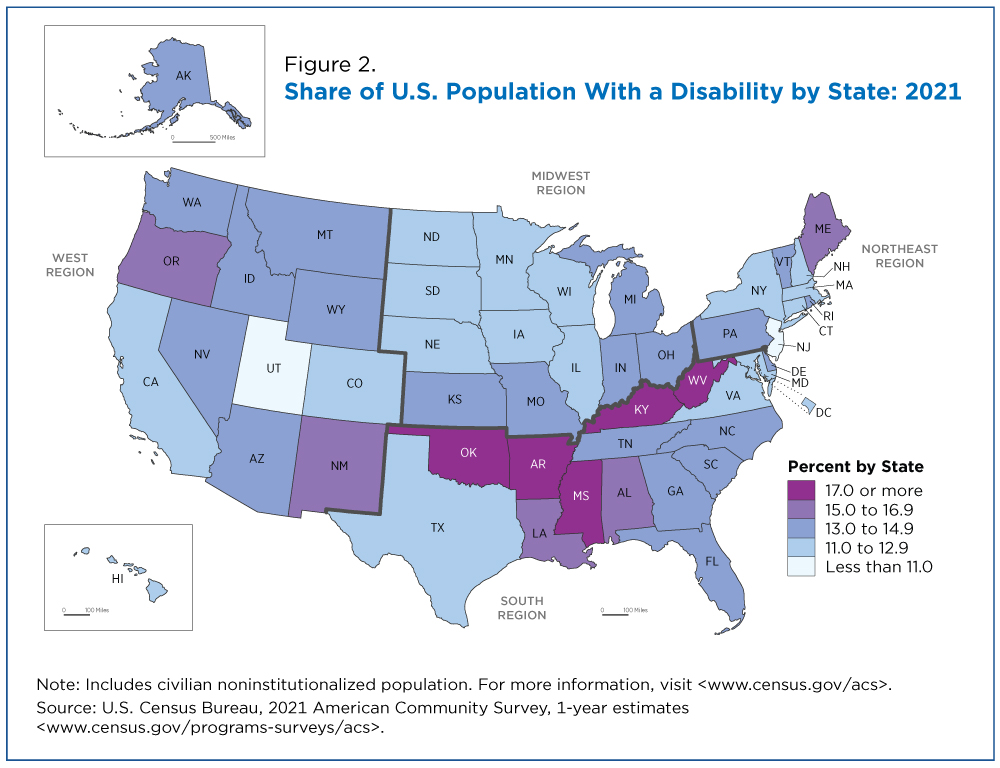Many people will live with a chronic illness eventually. Some of these diseases affect one body system, and some may affect multiple. The medical and health professions may still be learning about some of these groups of conditions.
Cardiovascular diseases – these are diseases that affect the heart or blood vessels. The most common of these is coronary artery disease caused by the narrowing or blockage of the arteries which supply blood to the heart. Others include: heart failure, high blood pressure (hypertension), arrhythmia, congenital heart disease, and even cerebrovascular disease or stroke. Learn more here. https://www.heart.org/en/health-topics/consumer-healthcare/what-is-cardiovascular-disease.
Autoimmune disorders – this is a group of several different disorders in which the immune system of the body attacks its own cells. The symptoms may vary based on which cells are being attacked. Some examples include Type I diabetes, multiple sclerosis, lupus, and others. Women are more at risk of having these disorders. https://www.healthline.com/health/autoimmune-disorders
Respiratory disorders – these diseases affect the respiratory system and can include things like asthma, chronic bronchitis, chronic obstructive pulmonary disease and so on. In some cases, these disorders may be triggered by environmental factors – this includes infectious diseases like flu and RSV, as well as tobacco smoke, allergens, occupational exposures and so on. https://www.healthline.com/health/common-respiratory-diseases#common-respiratory-diseases
Diabetes – there are several types of diabetes, including type I and II, as well as gestational. In general, these diseases happen because of too high blood sugar, though causes vary from type to type. Treatments are available for diabetes, and in some cases, it can be prevented if detected in the early stages like prediabetes. https://my.clevelandclinic.org/health/diseases/7104-diabetes
Chronic kidney disease – this disorder results from damage to the kidneys, which will be unable to filter the blood effectively. It can result from people having other chronic diseases like hypertension, diabetes, or family or personal history. When the kidneys no longer function properly, people may need to get regular kidney dialysis. https://www.kidney.org/atoz/content/about-chronic-kidney-disease
Alzheimer’s disease – this disorder is the most common form of dementia. The biggest risk factor for developing it is advanced age. Common symptoms include memory loss, difficulty completing familiar tasks, and changes in mood, personality, and behavior. https://www.cdc.gov/aging/aginginfo/alzheimers.htm
HIV – infection with the human immunodeficiency virus has become a chronic disease. Many people live long healthy lives while HIV positive. There are medications available to suppress the virus to very low levels, as well as prophylactic medications people can take to prevent infection. https://www.cdc.gov/hiv/about/index.html




